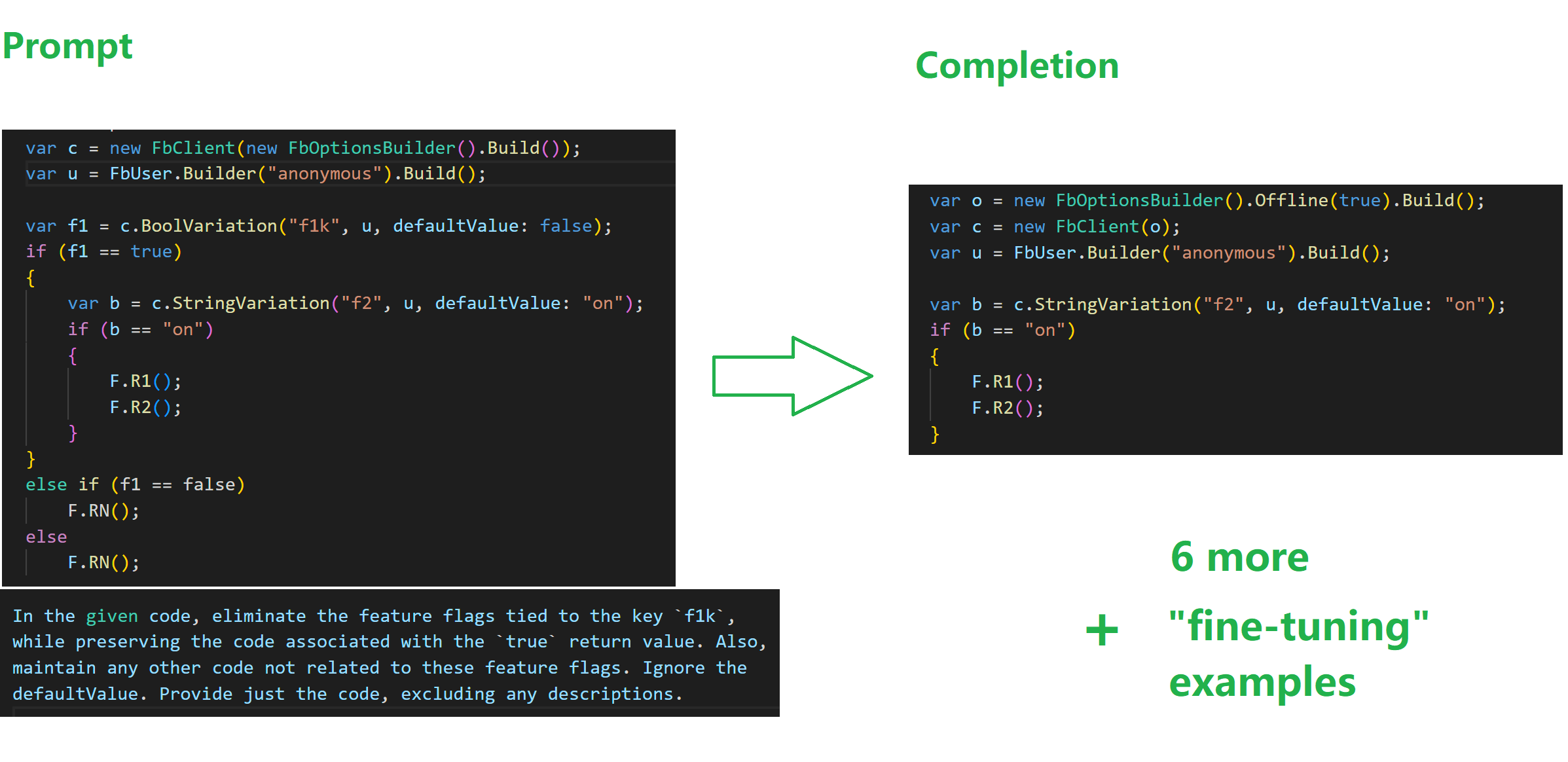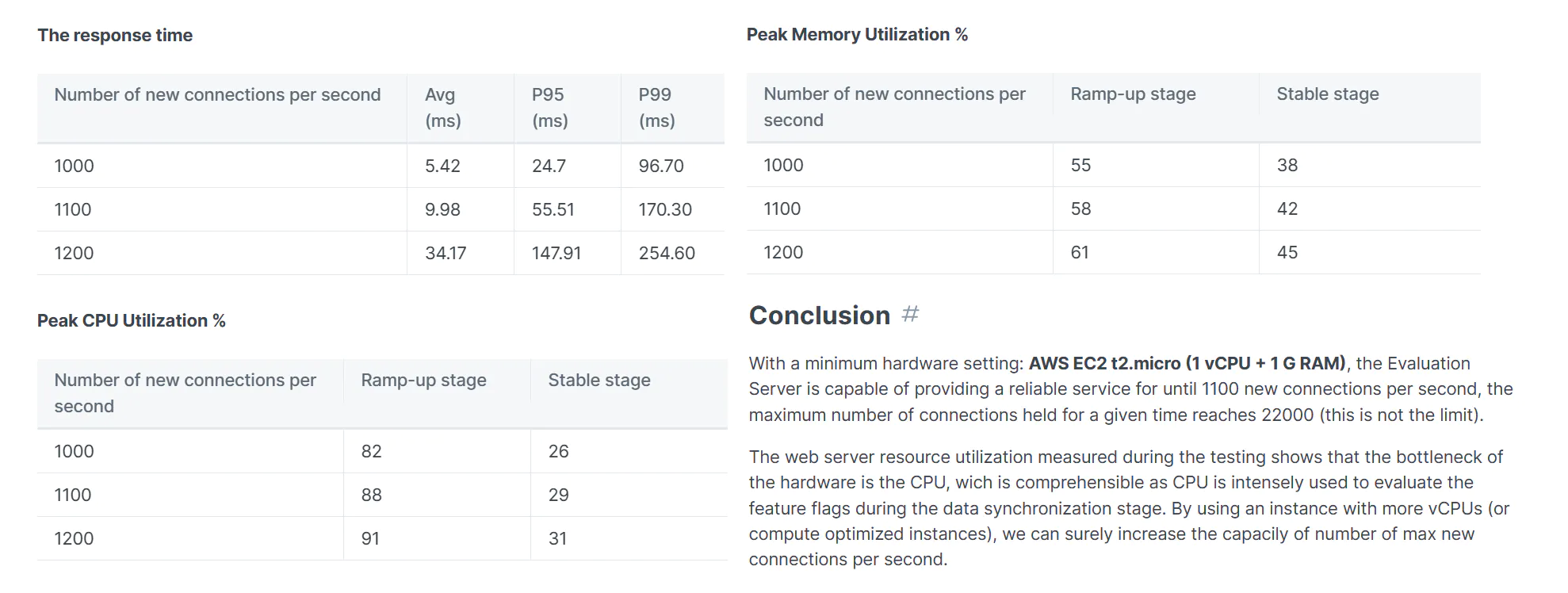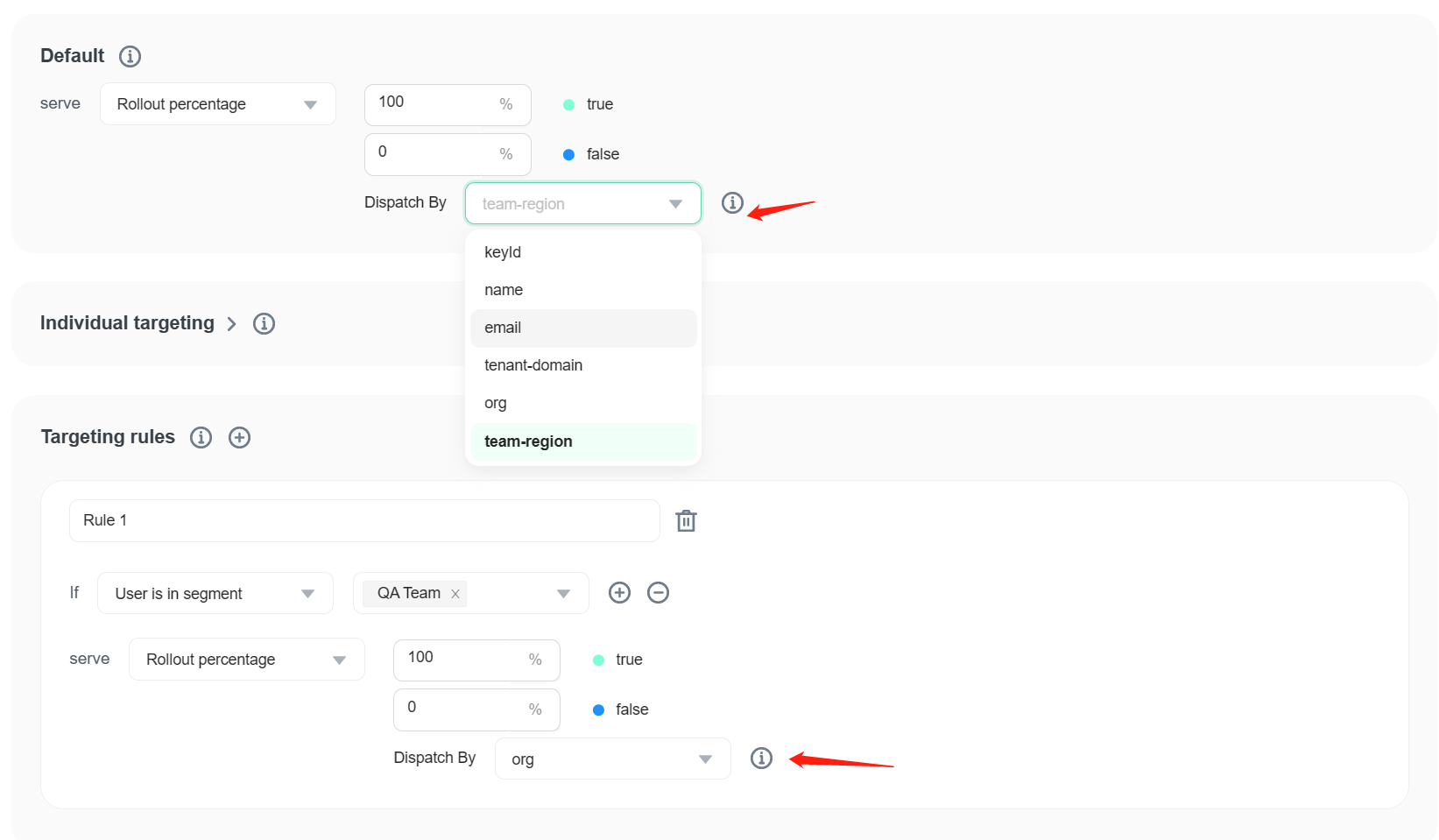Innovate
Your Software
Faster without Risk
Innovate Your Software Faster without Risk
The Pain Points When Using Feature Flags and How to Address Them

Feature flags have become an essential tool in modern software development, enabling teams to experiment with new features, perform A/B testing, and roll out or rollback changes without redeploying code. However, managing feature flags can come with its own set of challenges. In this blog post, we will discuss the common pain points when using feature flags and share best practices on how to address them effectively.
Technical Debt and Complexity
Pain Point: The accumulation of feature flags can lead to technical debt and increased code complexity, making it harder to maintain and understand the codebase.
Solution: To address this issue, establish a clear process for managing feature flags, including defining their scope, setting an expiration date, and regularly reviewing and cleaning up old flags. Additionally, using a feature flag management system can help keep flags organized and make them easier to manage.

Testing Challenges
Pain Point: Feature flags can complicate testing, as developers need to test multiple scenarios and flag configurations to ensure the application works as expected.
Solution: Develop a robust testing strategy that includes unit tests, integration tests, and end-to-end tests. Consider using tools that automate testing for different feature flag combinations, and invest in continuous integration and continuous deployment (CI/CD) pipelines to ensure that tests are run automatically when code changes are made.
Performance Impact
Pain Point: Poorly implemented feature flags can negatively impact application performance, especially if flags are checked frequently or there's a high level of nesting.
Solution: Monitor and measure the performance impact of feature flags, and optimize flag checking and implementation as needed. This might involve introducing caching mechanisms or reducing the overhead associated with flag lookups.

Collaboration and Consistency
Pain Point: Coordinating feature flag usage among team members and ensuring their consistent behavior across different environments can be challenging.
Solution: Establish clear naming conventions and categorization for feature flags, and use separate environments for different stages of the development process (e.g., development, staging, production). Maintain clear documentation of feature flags, their intended purpose, and current state, and communicate changes to team members as necessary.
Rollout and Rollback Strategy
Pain Point: Implementing a proper strategy for rolling out and rolling back features using feature flags can be complex, especially in large-scale systems.

Solution: Plan your rollout and rollback strategy carefully, considering factors such as user segmentation, gradual rollouts, and automated monitoring to detect issues. Document the process and ensure that all team members understand how to execute it effectively.
Conclusion
Feature flags offer numerous benefits in software development, but managing them effectively is crucial to avoid potential pain points. By adopting best practices such as using a feature flag management system, establishing clear conventions, and developing a robust testing strategy, you can harness the full potential of feature flags while minimizing their associated challenges.